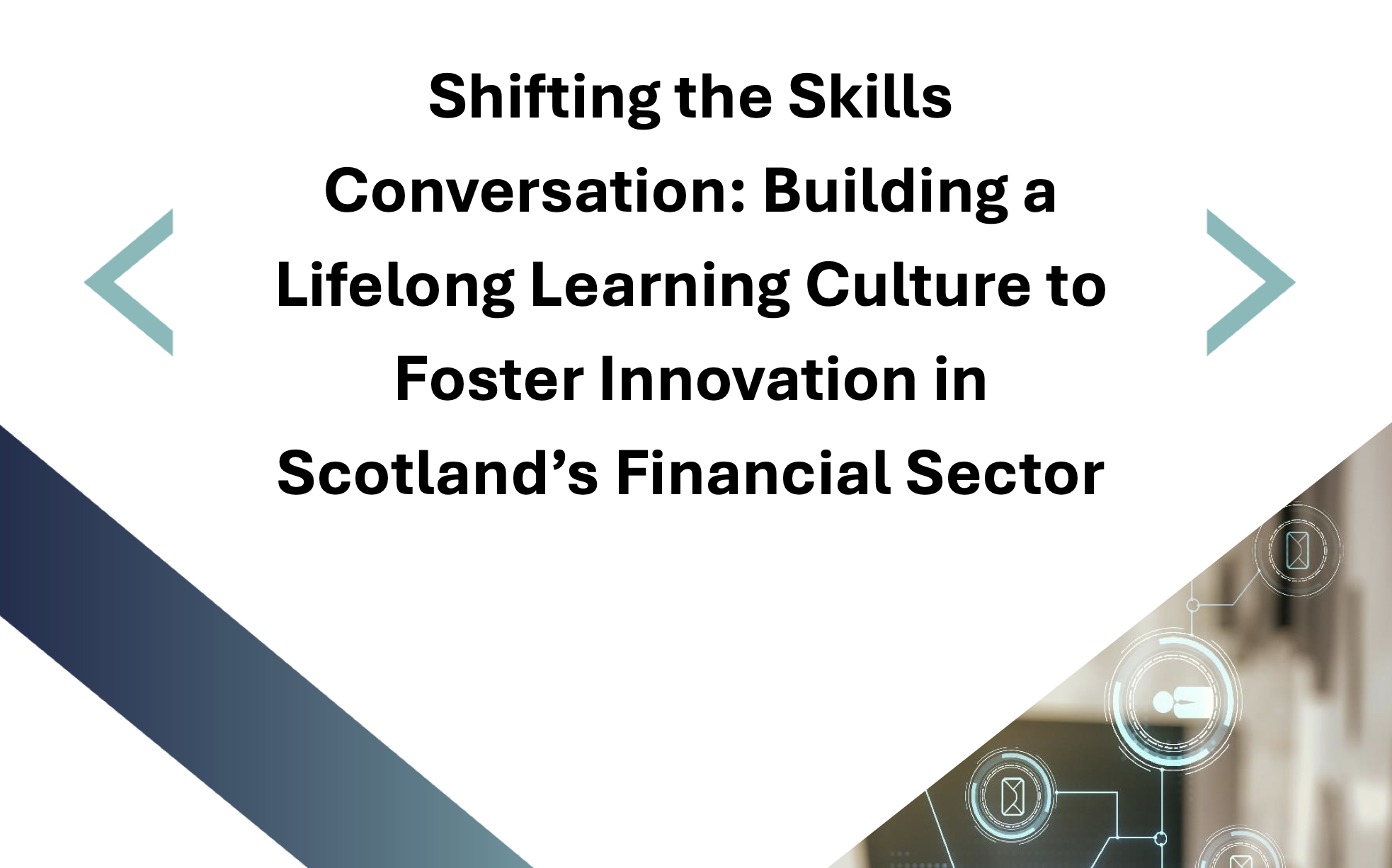Designing your Employee Experience

Photo by Startup Stock Photos from Pexels
Blog written by Puneet Sachdev, Human Capital Expert from Singularity Labs
These days everything needs to have an X’ in it, isn’t it, especially in the tech world! Not too long ago, you would have struggled to find too many words starting with the letter X’.Today, we see X pinned to any number of products and expressions as a sign of some undefined cachet!
EX in one word – Empathy
EX in one sentence – It is wider than employee engagement, it covers a wide range of activities that influence your employee’s perceptions of your company”“good or bad.
Airbnb
As the ex-Head of Employee Experience for Airbnb, it is Mark Levy who defined the expression ’employee experience’ and gave currency to the way we tend to emulate it today. He questioned “If Airbnb had a Customer Experience Group, why not create an Employee Experience Group?” And the rest is history! Mark has a background in Service Design that posits empathy and experimentation to arrive at innovative solutions. This was one of the key lenses that drove the employee experience philosophy. The internal experience of the employee will have a direct knock-on effect on the customer experience.
The context today
The Millennial mindset is permeating the entire workforce. As this latest generation has established itself in the workforce, its expectations for workforce flexibility, use of mobile tools and enhanced performance feedback have spread to other generations.
Employees are approaching the workplace as consumers. Individuals want the same experiences in the workplace that they have as consumers, such as having the use of simple, intuitive technology, the ability to rate and share opinions about products and services, and direct access to decision makers.
Today, the research has found that a number of factors shape employee experience, including: the formation and development of work-based connections and relationships, the design and ongoing use of employees’ physical work environments, and the tools and social platforms employees use to accomplish work-related activities
The components of an employee’s experience
- Physical – the interaction employees have with their physical environment. The workspace they find themselves in and how inspiring that is. The design of the workplace can impact mental states.
- Emotional – the interaction that employees have in the workplace setting and social settings with their colleagues, their line managers and the leadership. Feeling a sense of belonging within a community, being taken care of and respected are all important factors.
- Mental – the quality of work, the mental stimulation, the flexibility to create and the caliber of peers makes up the mental component.
Eventually it will all have an emotional impact, we are talking about an experience’ after all. The actions you as an organization will take (or not take) will vote for one or the other – we value and respect you or we do not.
The aspects to consider in developing the employee experience
Employer Value Proposition (EVP) – Let’s start from the very beginning, a very good place to start, when you sing you begin with Do Re Mi and when you EX you begin with EVP!
The first expressions of employee experience begin when you define your Culture DNA – the vision / purpose, mission and values, values in particular as they set the tone for internal interactions. The employer value proposition is your people’ promise, and this shapes the employee experience your organization will deliver to your people. It is a key reason why you will attract the right people into your organization in the first place and will be the standard by which your employees and prospects will evaluate you as a leadership team and as an organization. You can read articles I have written about EVP here
On-Boarding – On-boarding is a high leverage opportunity to culturally integrate employees and set the standard for the employee experience new joiners will have. Making the new hires feel welcome and prepared for their jobs will create a lasting impression in their hearts and minds and setting them and the organization up for success. Organization’s with a robust onboarding process experience 62% greater new hire productivity, along with 50% greater new hire retention.
Nature and Quality of Work – a major component of employee experience is the extent to which individuals feel they can influence their work, build mastery and understand their work’s overall purpose. The sense of self-determination and autonomy. Employees want to know how the work they do fits into the team goals and how they contribute to the organization’s larger mission.
Possession of relevant knowledge or expertise, access to additional information or experts as needed, and availability of timely feedback ”“ either from managers or automated systems””can significantly shape the employee experience. Role specifications, performance management, career development, feedback loops, leadership communication all become key processes here.
Tools and Social Platforms – the design of the physical equipment that houses the software is key. Is it easy to access and use under daily work conditions? Software design can also have a lasting impact on satisfaction and productivity. Is there single sign-on? How may clicks does it take to get to the right screen? Employees expect intuitive and easy to use systems be it for booking leave or collaborating on a project.
Increasingly, companies are using social platforms internally to support organizational innovation, expertise location and knowledge sharing, and to help employees connect to others across in different time zones. These social platforms provide a common environment where employees can find relevant insights and identify hidden pockets of expertise or emerging employee issues. E.g. Slack, Jira etc.
The Environment – experts assert that configuration and design of individual and team workspaces are a critical component of employee experience. Physical workspace design can also impact employee wellness, as properly designed ergonomics can reduce employee stress and limit physical injury.
Social Impact – this is almost becoming a must have’ driven by the Millennial generation, and is a growing factor in considering and continuing work with employers. Not one to be overlooked. Installing ethical business practices and projects to impact the community organizations are a part and providing opportunities for employees to make a contribution impact this aspect. It enhances their sense of purpose and contribution adding to the employee experience they have.
Business Strategy and Culture – an organization must consider each of these facets of employee experience in light of overall business goals and culture. The business goals and objectives of a start-up may be quite different from a multi-national, from a hotel chain. For a hospitality company, the need to provide high-quality guest services may serve as a guiding principle in the design of employee experience; for an oil company, the emphasis may be on occupational safety. Clearly defining these underlying tenets is necessary to designing experiences that not only match the needs of the individual, but are aligned with organizational priorities.
Here is the thing, if you want to deliver world class to your customers, have your employees experience world class internally so they know what it feels like. Then delivering world-class will be the standard.
Your Purpose Partners’ in the delivery of Employee Experience in your organizations
The HR team of course. In addition, enter Line Managers or the people managers as they are being called in many of the growing tech companies we consult with. They have the keys to the organization i.e. manage the workforce, budgets and various other organizational resources. Three key things to bear in mind here:
1) Managers in your organization have an understanding of your employer value proposition, your employee experience philosophy and are empowered for it’s fulfilment.
2) Managers have complete clarity on their role and the expectations and especially in their responsibilities towards their team members. For example how do they best on-board new team members, how do they performance manage, how do they recognize their team etc.
3) Being educated and up-skilled on the different kinds of conversations they will be expected to have with their team and peers e.g. day one conversation, week one conversation, performance conversations etc. Manager conversations and behaviours are a critical factor that creates the experience of the rest of the workforce.
How can you design your Employee Experience:
Use Analytics – tune into the voice of customer’. The customers being your employees. You can turn to traditional HR surveys or any other semi-structured processes you have in place to gather and analyze data.
Create employee personas and map the journey – an employee persona is essentially a semi-fictional representation of a group of employees with similar traits, experiences and behaviors. They’re based on the data and insights you have into the individuals that make up your workforce and brings them to life by building a narrative around them.
Invest in key touch points where employee experience has the greatest impact – you have now created the personas and mapped the journey. Identify the moments that matter most to them through their lifecycle which will cover pre-joining, on-boarding, working as a part of a team, performance, career development, exit. Making changes to employee experience often requires investment. Use the data you have generated to prioritize and guide your decisions. Ask your employees, they will tell you.
Here is a good article by Qualtrics that covers employee personas and journey mapping.
Cross functional EX group – some organizations we have consulted for have used cross-functional employee groups very effectively to stay engaged with employees, to continue to generate insights via face to face conversations and other processes.
The employee experience is holistic. It covers a wide range of activities that influence your employee’s perceptions of your company”“good or bad. Mapping the experience of employees is a challenging task and requires a lot of effort. But the prize is too tempting for you not to care.
Ready or not? Questions worth asking yourself:
- How does your current employee experience affect the attraction and retention of critical job roles within your organization?
- How could improving your employee experience increase productivity within your organization?
- To what extent does your employee experience influence your customer experience?
- Who has primary responsibility for designing employee experience within your organization? How does a person or team bring others together to address employee experience issues?
- What types of analytics are you using to evaluate the effectiveness of your employee experience?
This article has been an output based on my own experience, conversations and online research. IBM, Qualtrics and Deloitte have been very useful sources.
Me and my colleagues at Singularity Labs specialise in designing interventions that solve People and Culture challenges and help creating engaging and High Performing Environments. We have worked across multiple industries and geographies and more recently with growing tech companies such as Nucleus Financial (Fintech) and Craneware (Healthcare Tech).
Resources:
https://www.forbes.com/sites/jacobmorgan/2016/02/01/global-head-employee-experience-airbnb-rid-of-human-resources/#118986f77c4e – Mark Levy, Airbnb employee personas and journey mapping. – employee personas and journey mapping, Qualtrics



